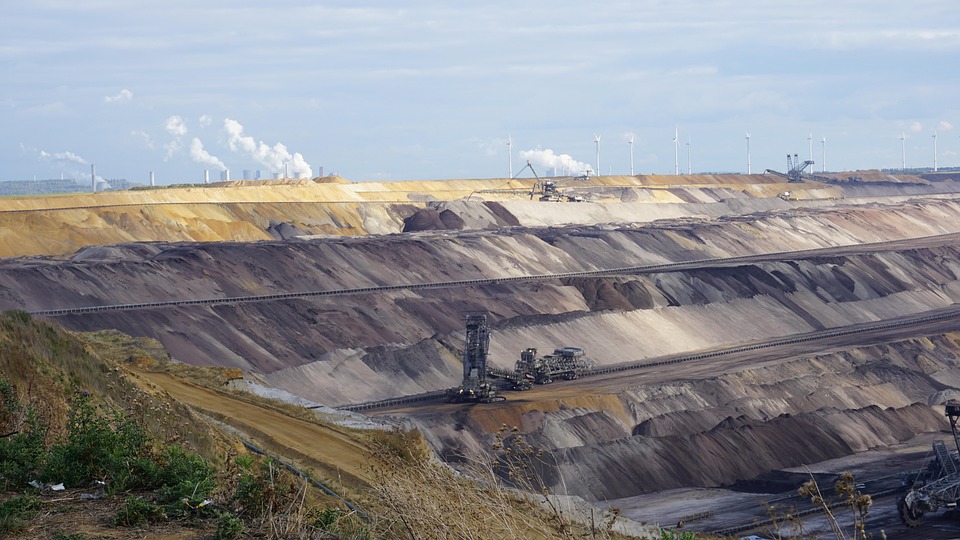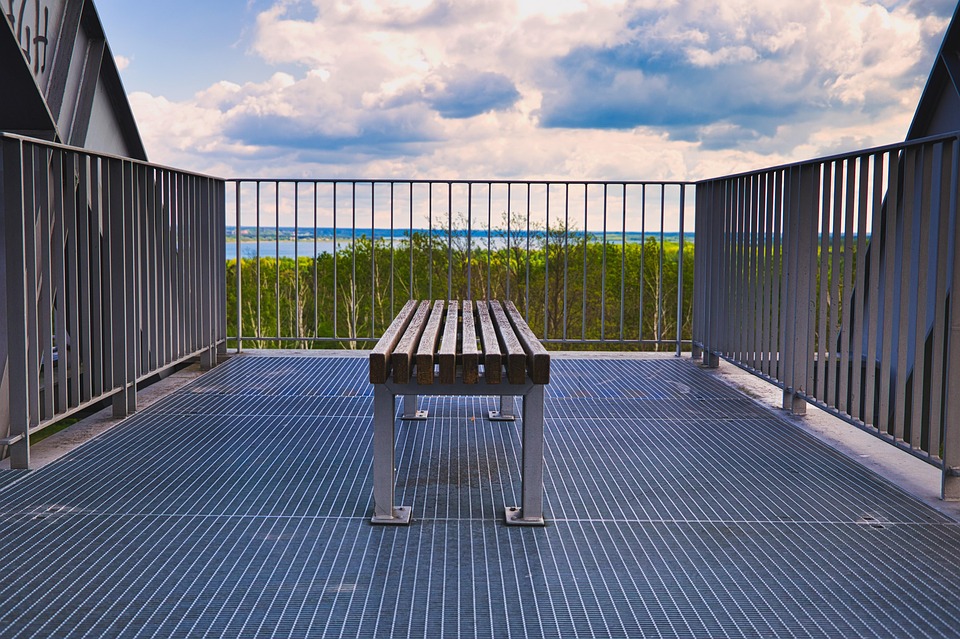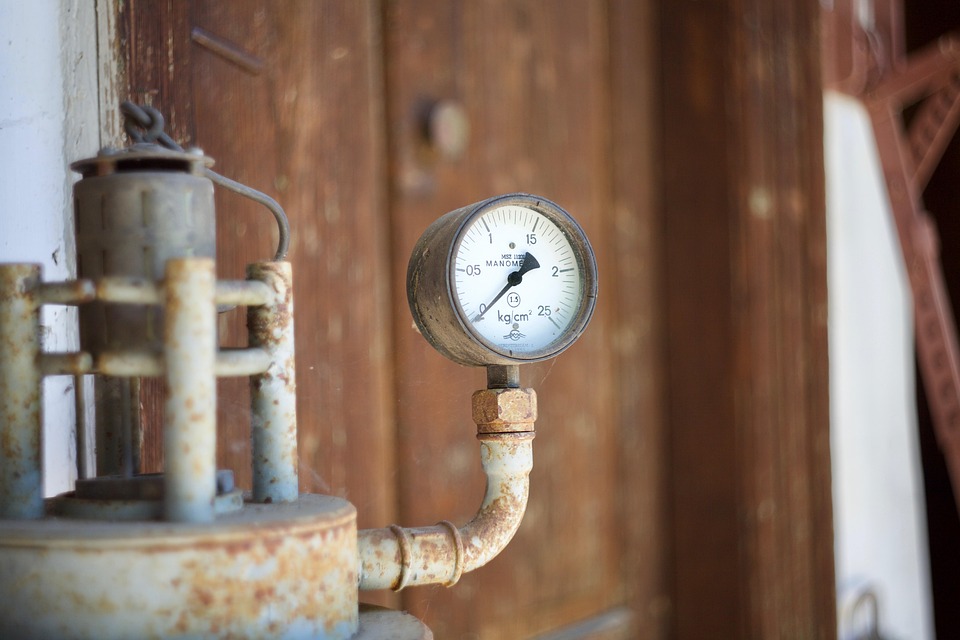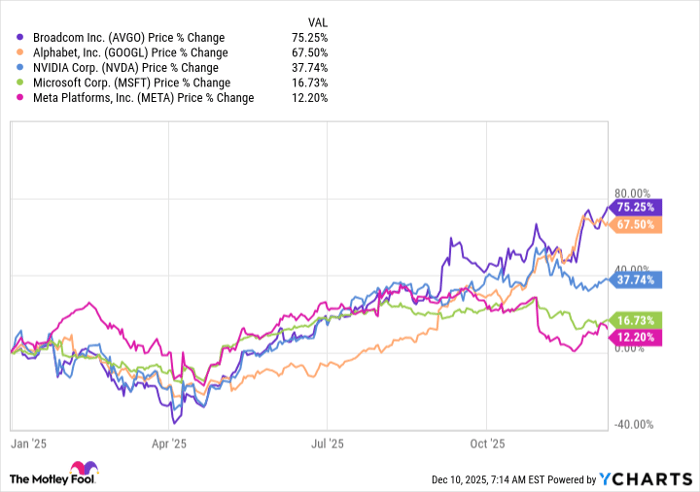Chile’s Loa River, extending 440 kilometers, holds distinction as the country’s longest waterway and the primary river in the Atacama Desert.
Minera Lomas Bayas’ general manager, Pablo Carvallo, declared on social media, “This is a historic milestone representing our commitment to sustainable development. Our aim is to enhance the productivity and innovation of our production processes, responsibly and in sync with communities and the environment. Through this accord, we anticipate ameliorating living conditions in the Calama Oasis and contributing to the conservation of crucial ecosystems within our spheres of influence.”
Carvallo underscored that relinquishing water rights signifies the company’s quest for implementing eco-friendlier alternatives that foster the sustainable advancement of the shared land with ASAC.
The executive disclosed that over the next three years, Glencore’s subsidiary will prioritize the utilization of treated wastewater to fulfill its water requisites.
Lomas Bayas, an open-pit operation for low-grade minerals, extracts and processes oxidized minerals in a solvent-leaching and electrowinning plant, yielding an average annual output of 72,700 tonnes of high-purity copper cathodes.
Given its productivity conditions, Lomas Bayas has shifted focus towards mining innovation and sustainability initiatives.
In late 2023, Lomas Lab rolled out a fleet of fully autonomous haul trucks – the first in Glencore’s global operations – fostering the company’s notion of “mining 4.0,” underpinned by digital and autonomous technologies.
The trucks are anticipated to slash fuel consumption by up to 4%, extend operational hours, and curtail the frequency of safety incidents. Should this pilot prove successful, Glencore plans to automate the entire 27-truck fleet of Lomas Bayas by 2025.











